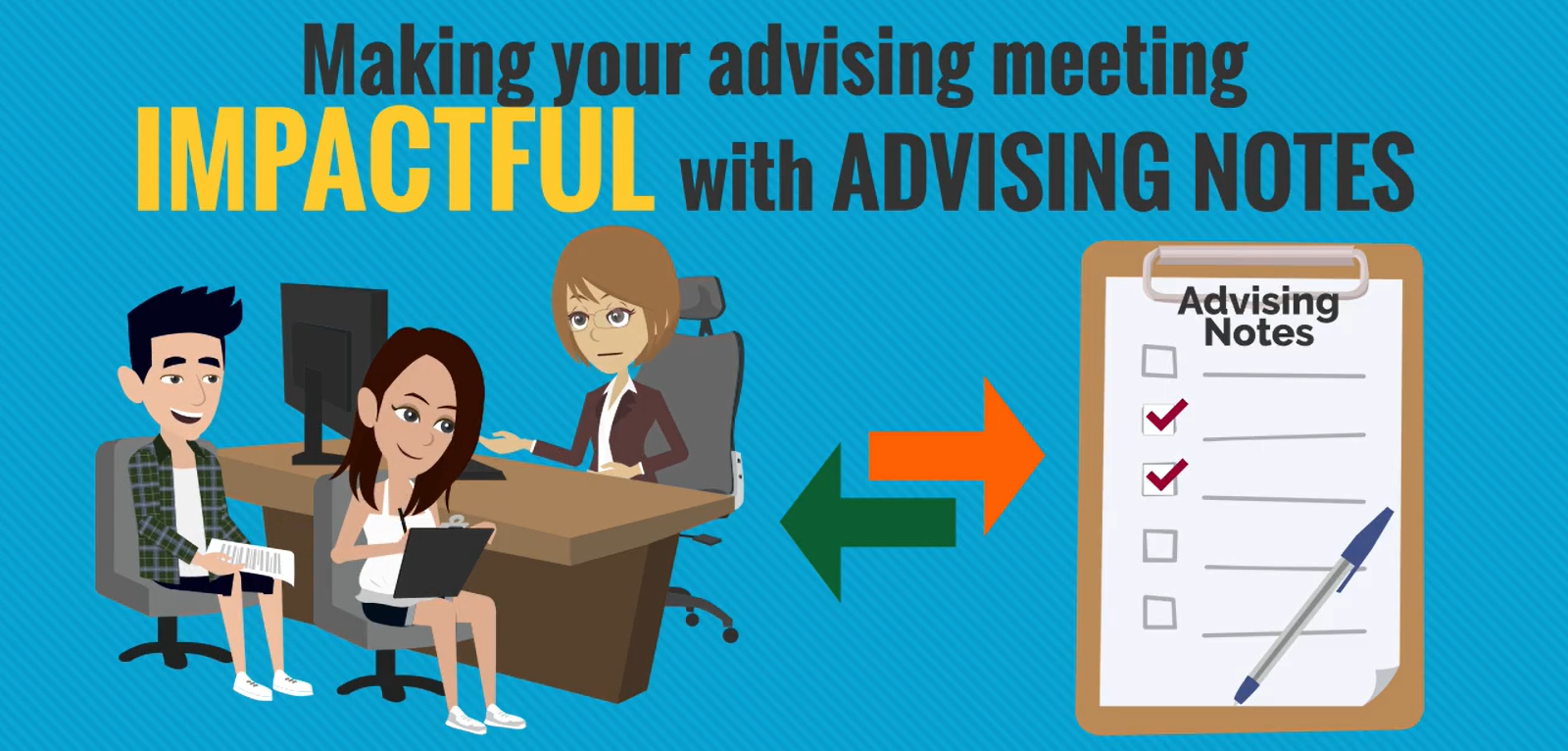
Making your advising meeting impactful with advising notes
Throughout an advising meeting, students could find themselves overloaded with information and advice from the advisers. Indeed, some students might forget important points and miss relevant follow-up action(s). Encouraging students to take notes can remind them of the action details and help advisers review their progress in future meetings.
Why advisees forget?
An academic advising session is similar to a teaching lesson. During the advising (teaching and learning) process, advisers (teachers) provide academic advice (knowledge) and ask questions (analysis) based on advisees’ (students) needs and abilities. Meanwhile, advisees have to process the information, reflect on their situation, plan action(s) and remember them for follow-up.
Based on Ebbinghaus’ Forgetting Curve, learners lose around 40% of learning after 20 minutes and more than 60% of learning after 24 hours (Murre & Dros, 2015; Ebbinghaus, 1885). Therefore, advisees might forget some valuable advice shortly, which make the advising session less impactful.
What can advisers do?
There are various techniques to refresh the memory and prevent memory fading. Asking students to reduce the advising discussion to a table record is one solution.
Advisers can guide students to list their goals, actions, relevant resources, and timeline during discussion. As these clear, relevant and purposeful notes are drafted by the students themselves, it will be more likely for them to retain the notes and look at them from time to time for timely follow-up. With this kind of “spaced learning” (Cepeda et al., 2006), students’ learnt information and memory could be re-strengthened regularly. On the other hand, advisers can also refer to the notes in future meetings.
Advising Notes Template
AASO has prepared the advising notes template for students’ use [Download]. Before the meeting, advisers can encourage students to use the template to prepare for the meeting, and remind them to fill their discussion topic(s) in the “Goal” column. During the meeting, advisers can guide advisees to clarify their goal(s), and jot down action item(s), resources and timeline.
Examples:
“Goal (Action)” – Full-year exchange in next academic year, complete 8 major courses and 2 common core courses for credit transfer
“Action” – Review exchange application details on IAO website, prepare course plan and assess impact on graduation requirements
“Resources” – Faculty exchange credit transfer database, IAO website https://intlaffairs.hku.hk/
“Timeline” – Main Round Application Deadline: Dec 18 (Fri), Late Round Application Deadline: Mar 12 (Fri).
Advisers can encourage students to share the finalized notes after the meetings, and advisers can follow-up on students’ progress in the future meeting(s) as appropriate.
References:
Cepeda, J.N., Pashler, H., Vul, E., Wixted, J. T. & Rohrer, D. (2006). Distributed Practice in Verbal Recall Tasks: A Review and Quantitative Synthesis. Psychological Bulletin, 132(3), 354-380.
Ebbinghaus, H. (1885). Memory: A Contribution to Experimental Psychology. New York: Teachers College, Columbia University.
Murre, J. M., & Dros, J. (2015). Replication and Analysis of Ebbinghaus’ Forgetting Curve. PLoS One, 10(7).




